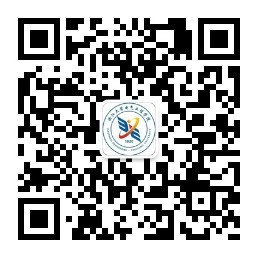EE students enjoyed lecture series this Thursday and Friday by Dr Marco Gruteser from Rutgers University, USA.
On July 10, Dr Gruteser presented in Networked Vehicles that Sense and Manage Human Attention that vehicular communications were expected to contribute to a safe, efficient, and increasingly automated driving experience. In such an environment, mobile and wearable devices were likely to attract even more attention from drivers, which challenged their ability to supervise the vehicle. He discussed in the presentation their work on accurate tracking of user attention - from determining whether a mobile user was driving, over tracking what a user was looking at, to detecting what a user touched. Dr Gruteser described in particular how visual communications could both convey information and allowed precise localization of the transmitter from the vehicle's and driver's perspective. According to Dr Gruteser, that would not only make it easier to fuse information with other camera sensor data but should provide a foundation for mobile and vehicle systems that tracked and managed attention.
Dr Gruteser moved on next morning with the talk of Distinguishing Users with Capacitive Touch Communication. From his perspective, as we were surrounded by an ever-larger variety of post-PCdevices, the traditional methods for identifying and authenticating usershave became cumbersome and time-consuming. Therefore he focused on the acapacitive communication method through which a device could recognize who was interacting with it. This method exploited the capacitive touchscreens, which were now used in laptops, phones, and tablets, and many otherdevices, as a signal receiver. The signal that identified the user could be generated by a small transmitter embedded into a ring, watch, or other artifact carried on the human body. Two example system designs were explored with a low-power continuous transmitter that communicated through the skin and a signet ring that needed to be touched to the screen. Experiments with prototype transmitter and tablet receiver made by his team showed that capacitive communication through a touchscreen was possible, even without hardware or firmware modifications on a receiver. This latter approach imposed severe limits on the data rate, but the rate was sufficient for differentiating users in multiplayer tablet games or parental controlapplications. Controlled experiments with a signal generator also indicated that future designs might be able to achieve data rates that were useful for providing less obtrusive authentication with similar assuranceas PIN codes or swipe patterns commonly used on smartphones today, according to Dr Gruteser.
Dr Marco Gruteser is an Associate Professor of Electrical and Computer Engineering at Rutgers University and a member of the Wireless Information Network Laboratory (WINLAB). He is a pioneer in the area of location privacy and also recognized for his work on connected vehicle applications. Beyond these topics, his more than hundred peer-reviewed articles and patents span a wide range of wireless, mobile systems, and pervasive computing issues. He received his MS and PhD degrees from the University of Colorado in 2000 and 2004, respectively, and has held research and visiting positions at the IBM T. J. Watson Research Center and Carnegie Mellon University.



